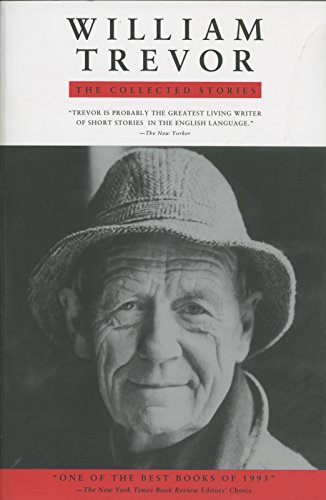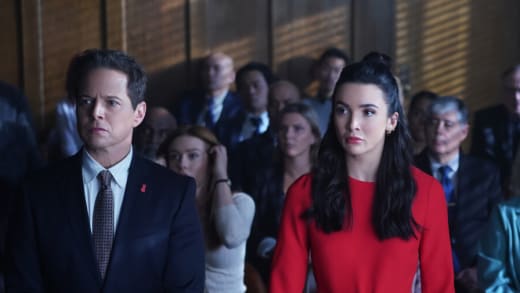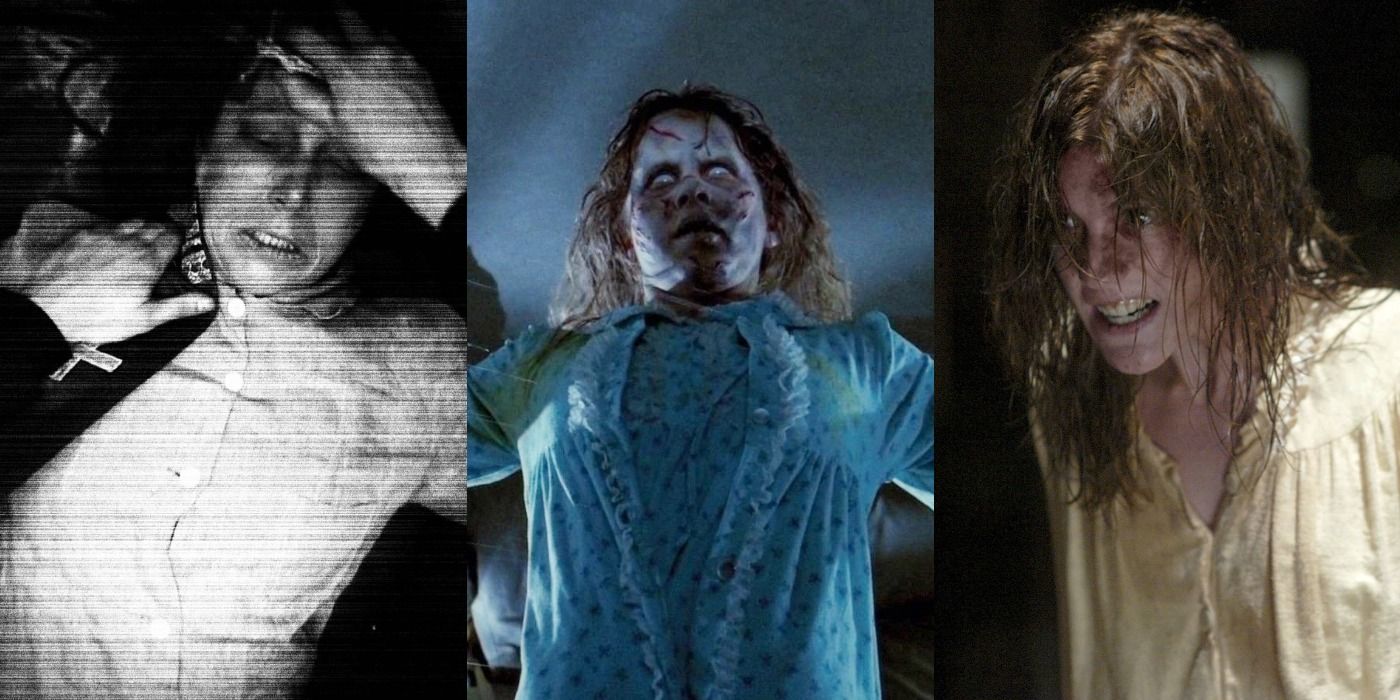It might be fair to say that the most salient attribute of the modern short story (1990 to present) is reticence—reticent characters, reticence of narration, reticence of style, and most of all, a reticence on the part of authors toward dramatic action. The modern story is, above all else, quiet. Pick a newish story at random from The New Yorker, and chances are that there is some kind of danger, something at risk, something longed for—but that that thing is not directly encountered. What is encountered by the narrator/protagonist so often instead in the modern short story is the proximity to danger or loss, the emotional frisson, and not the actual thing (or else, of course, there might be a slowly revealed back story of trauma with the present moment being somewhat irrelevant and arbitrary, a half-ruined sandcastle for the waves of memory to further erode).
In this sense, despite being presently out of fashion, William Trevor was both prescient and influential, and his career was representative. The arc of dramatic arcs in the Collected, beginning in the late 1960s, with stories such as “The Day We Got Drunk on Cake”, and ending in the 1990s with stories like “Family Sins,” is one of ever-growing reticence. The Roald Dahlesque petit guignols early in the collection, like “Miss Smith” or “In at the Birth,” are traded, as the decades pass, for more sophisticated, or at any rate subtler, stories, in which the dramatic turns become finer and finer-grained. Trevor was, needless to say, constitutionally interested in things not happening, in ambitions and passions unmet, but he limns these situations with a progressively lighter touch, trading material consequences like Bridie’s grim future marriage in “The Ballroom of Romance” for shadowy emotional consequences, such as we find in “The Husband’s Return.”
The husband in this story is Michael Lawless, the husband of Maura Brigid of the Colleary family, who abandoned her after six months of marriage for her sister Bernadette, with whom he ran off to a village 60 miles away. “The Husband’s Return” commences a month after Bernadette’s untimely death; we come to learn she died of an infection caused by the abortion of a pregnancy from another man. The remaining family—Maura Brigid, Mrs. Colleary, brother Hiney, and a nameless old man who lives with them—exists in a kind of dull shock at the disgrace wrought by Michael on the family. In the middle of the story, he visits Maura Brigid and begs to be allowed back, and she thinks about it. When she discloses his secret visit to her mother and brother, she learns the family’s true feelings: that she is to blame for marrying the scoundrel Michael, that the wild Bernadette was a victim, and that her local legacy will be the fool who ruined her family’s reputation by marrying the wrong man.
This is all fine and well, but one marvels at the restraint shown in limiting the return of the husband in a story called “The Husband’s Return” to a brief meeting by the stables and a plea that is unanswered. The ultimate toll on Maura Brigid is almost purely emotional: she is to blame. While that sucks, it feels a little—to me—anticlimactic. Did she not already feel somewhat to blame? Is her station much changed from the beginning of the story? It’s hard not to imagine the panoply of possible stories, many of them more urgent and fraught, that might derive from this rich dramatic set-up—a version in which Michael Lawless behaves a bit more, well, lawlessly, insisting on his right to return to his first wife. I will confess that here, and with many of the modern stories that (however unconsciously or coincidentally follow Trevor’s aesthetic impulse toward a non-event), I feel a kind of frustration. Chekhov’s gun does not always, contra Chekhov, need to go off in the third act. But it’s nice when one does, now and then. Too often, in my estimation, modern stories trade a kind of tasteful quiet in the second half of a story for the noise they falsely promise in the first.



























































